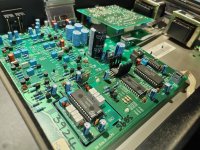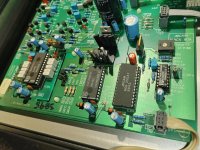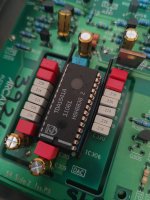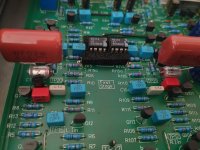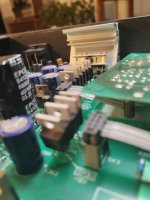Decided in using the nanocamp devices to NOS this arcam tda1541a dac.
It made it neater and easier to install and convert it.
A full recap, changed the diodes to hexfreds.
Changed some ceramics to wima and polystyrene and some other useful upgrades.
Have to say very pleased with the results and the sound it produces now.
Even for a vintage dac chip it sounds lovely.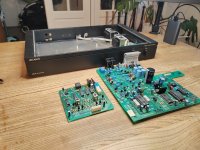
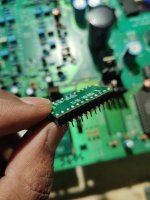
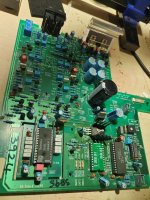
It made it neater and easier to install and convert it.
A full recap, changed the diodes to hexfreds.
Changed some ceramics to wima and polystyrene and some other useful upgrades.
Have to say very pleased with the results and the sound it produces now.
Even for a vintage dac chip it sounds lovely.



Attachments
-
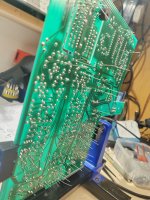 IMG_20240209_205825.jpg484.5 KB · Views: 188
IMG_20240209_205825.jpg484.5 KB · Views: 188 -
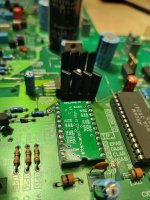 IMG_20240208_163509.jpg419.1 KB · Views: 195
IMG_20240208_163509.jpg419.1 KB · Views: 195 -
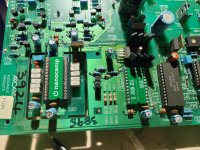 IMG_20240207_214318.jpg624.6 KB · Views: 227
IMG_20240207_214318.jpg624.6 KB · Views: 227 -
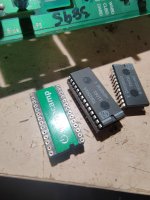 IMG_20240207_212932.jpg383.3 KB · Views: 201
IMG_20240207_212932.jpg383.3 KB · Views: 201 -
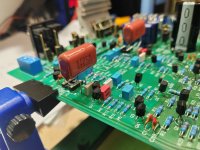 IMG_20240209_210527.jpg388.1 KB · Views: 200
IMG_20240209_210527.jpg388.1 KB · Views: 200 -
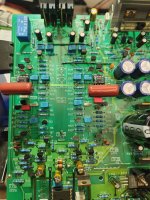 IMG_20240209_210648.jpg666.6 KB · Views: 205
IMG_20240209_210648.jpg666.6 KB · Views: 205 -
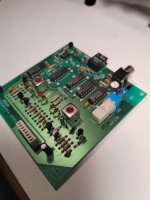 IMG_20240214_142354.jpg311.1 KB · Views: 209
IMG_20240214_142354.jpg311.1 KB · Views: 209 -
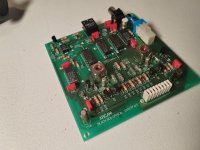 IMG_20240214_144901.jpg409.6 KB · Views: 208
IMG_20240214_144901.jpg409.6 KB · Views: 208 -
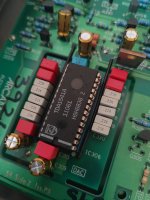 IMG_20240213_141913.jpg337.5 KB · Views: 222
IMG_20240213_141913.jpg337.5 KB · Views: 222 -
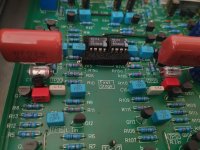 IMG_20240213_141919.jpg395.3 KB · Views: 197
IMG_20240213_141919.jpg395.3 KB · Views: 197 -
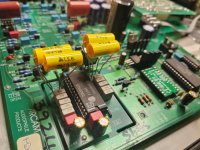 IMG_20240210_231039.jpg452 KB · Views: 206
IMG_20240210_231039.jpg452 KB · Views: 206 -
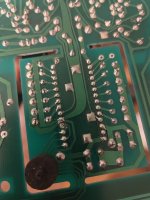 IMG_20240210_221117.jpg359.6 KB · Views: 200
IMG_20240210_221117.jpg359.6 KB · Views: 200 -
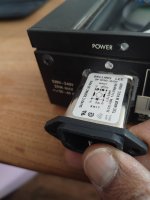 IMG_20240210_125754.jpg229.3 KB · Views: 199
IMG_20240210_125754.jpg229.3 KB · Views: 199
Looks nice. I've got a Black Box 1 myself, and they're definitely a cool and unique device, with both a custom SPDIF receiver on the front end and a completely discrete output stage (the opamps are for DC cancellation only).
It looks like yours has been upgraded at some stage, as it has an optical input. A new input board that had both an optical and coaxial input is the only change in a Black Box 2 compared to the original. I think the newer input board was also offered by Arcam as an upgrade for the Black Box 1, and it seems your unit got that.
How the SAA7220 is used in the Black Box (and other DACs) is a bit different to most CD players.
In a typical CD player the SAA7220's built in Pierce oscillator is used with an external crystal and loading capacitors through pins 10 and 11 (XOUT and XIN). It then sends a buffered version of that clock out of pin 9 (XSYS). This forms the clock source of the CD player.
In the Black Box there is no fixed clock source, the clock is instead recovered from the SPDIF input. Arcam's custom chipset recovers a clock from the SPDIF stream, and outputs a 256fs system clock. This is fed to pin 11 (XIN) of the SAA7220, which is an alternate use of this pin when the SAA7220 is not generating the system clock itself.
The Nanocamp adapter is likely designed to work in a typical CD player, and replaces the SAA7220 as the clock source. From what I could find I couldn't determine if it has an onboard oscillator that reuses the original crystal, or whether it has its own independent crystal oscillator onboard. If it's the first option, then it won't work as there's no crystal connected to the SAA7220 in a Black Box, which is good. If it's an independent oscillator this could be a bad thing, as it's not good to have a additional clock operating.
Maybe you want to check pin 9 of the Nanocamp board to see if it's outputting a clock?
A NOS conversion on a Black Box is actually very simple, you should only have to connect the following pins of the empty SAA7220 pattern:
It looks like yours has been upgraded at some stage, as it has an optical input. A new input board that had both an optical and coaxial input is the only change in a Black Box 2 compared to the original. I think the newer input board was also offered by Arcam as an upgrade for the Black Box 1, and it seems your unit got that.
How the SAA7220 is used in the Black Box (and other DACs) is a bit different to most CD players.
In a typical CD player the SAA7220's built in Pierce oscillator is used with an external crystal and loading capacitors through pins 10 and 11 (XOUT and XIN). It then sends a buffered version of that clock out of pin 9 (XSYS). This forms the clock source of the CD player.
In the Black Box there is no fixed clock source, the clock is instead recovered from the SPDIF input. Arcam's custom chipset recovers a clock from the SPDIF stream, and outputs a 256fs system clock. This is fed to pin 11 (XIN) of the SAA7220, which is an alternate use of this pin when the SAA7220 is not generating the system clock itself.
The Nanocamp adapter is likely designed to work in a typical CD player, and replaces the SAA7220 as the clock source. From what I could find I couldn't determine if it has an onboard oscillator that reuses the original crystal, or whether it has its own independent crystal oscillator onboard. If it's the first option, then it won't work as there's no crystal connected to the SAA7220 in a Black Box, which is good. If it's an independent oscillator this could be a bad thing, as it's not good to have a additional clock operating.
Maybe you want to check pin 9 of the Nanocamp board to see if it's outputting a clock?
A NOS conversion on a Black Box is actually very simple, you should only have to connect the following pins of the empty SAA7220 pattern:
- 1 to 18 (work clock)
- 2 to 16 (bit clock)
- 3 to 15 (data)
Think you'll find the BB, not being a cd player, is pretty much the same as any other dac where the SAA7220 is concerned and since the OP is pleased with sound it would appear the mod has been successful.
How the SAA7220 is used in the Black Box (and other DACs) is a bit different to most CD players.
Agreed that what I said above applies to most DACs using the SAA7220. However, I would guess that by far the most common use of the SAA7220 across all of its applications uses the internal Pierce oscillator with an external crystal. I think this because the SAA7220 is from an era when CD players vastly outnumbered DACs, and by the time DACs became popular more modern ICs than the SAA7220 and TDA1541 were mainly being used.
Based on this, I would expect that the Nanocamp NOS adapter would include a replacement oscillator, as this is needed for the majority of use cases. Seems logical, right?
However, reading between the lines and reviewing Nanocamp's install guide for a Marantz CD80, I'm now pretty sure that their NOS adapter doesn't include an oscillator. It looks like instead they connect the crystal formerly used for the SAA7220 and connect it to the Pierce oscillator built into the SAA7210 or SAA7310 decoder.
So @vishalk, I think what you've done will work well, no need to worry.
